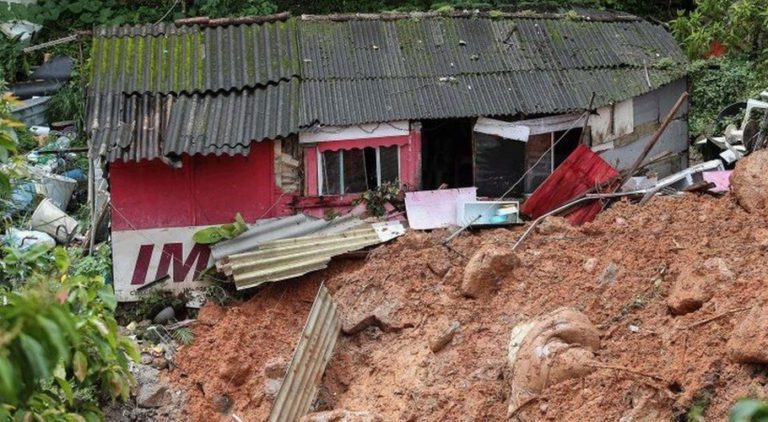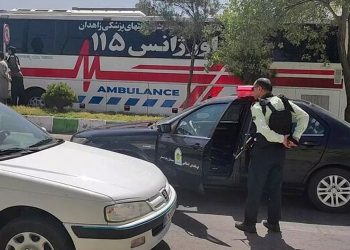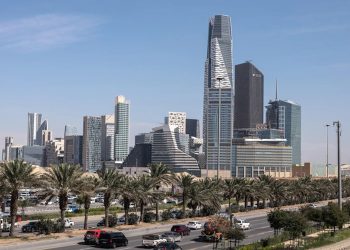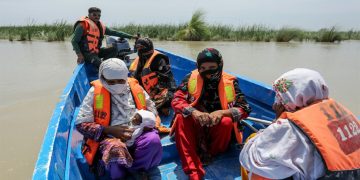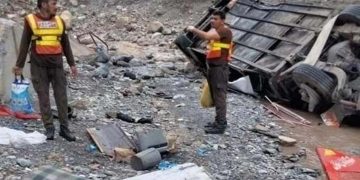Rio de Janeiro state government has confirmed 146 deaths from the floods and mudslides that swept away homes and cars in the city of Petrópolis, with the number of people still trapped in the mud unclear.
Rubens Bomtempo, mayor of the city, was not able to offer an estimate for how many people were missing, as recovery efforts continued. “We don’t yet know the full scale of this,” Bomtempo said. “It was a hard day, a difficult day.”
Survivors were digging to find loved ones who disappeared after Tuesday’s landslides. Rio de Janeiro’s public prosecutors’ office said it had compiled a list of 196 missing people.
Footage posted on social media showed torrents dragging cars and houses through the streets as water swirled through the city. One video showed two buses sinking into a swollen river as its passengers clambered out of the windows. Some were washed away before they could make it to the banks.
Read more: Saudi Arabia plans fresh round of talks with Iran: FM
Petrópolis, a city in the mountains named for a 19th-century emperor, Dom Pedro II, has been a refuge for local people escaping the summer heat and for tourists.
Its prosperity drew residents from Rio’s poorer regions and the population grew haphazardly, climbing mountainsides in small homes packed tightly together, often in areas made vulnerable by deforestation and inadequate drainage.
The state fire department said 25.8cm (just over 10in) of rain had fallen in three hours on Tuesday, almost as much as the previous 30 days’ total. Rio de Janeiro’s governor, Cláudio Castro, said in a press conference that the rains were the worst in Petrópolis since 1932. “No one could predict rain as hard as this,” Castro said.
More rain was expected this week, weather forecasters said.
The mountain region has seen similar catastrophes in recent decades, including one that caused more than 900 deaths. In the years since, Petrópolis presented a plan to reduce risks of landslides, but works have advanced only slowly. The plan, presented in 2017, was based on analysis determining that 18% of the city’s territory was at high risk of landslides and flooding.







